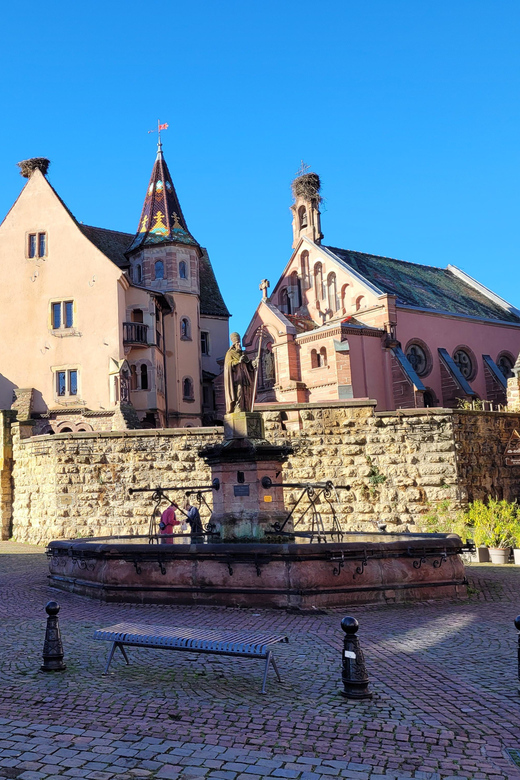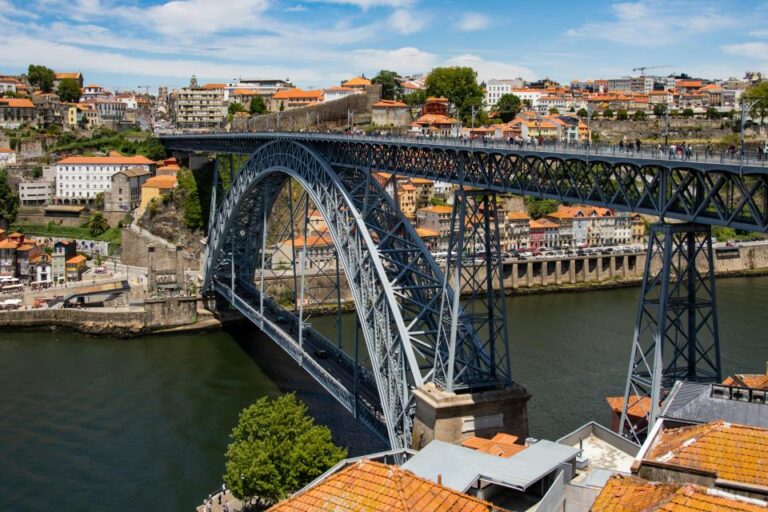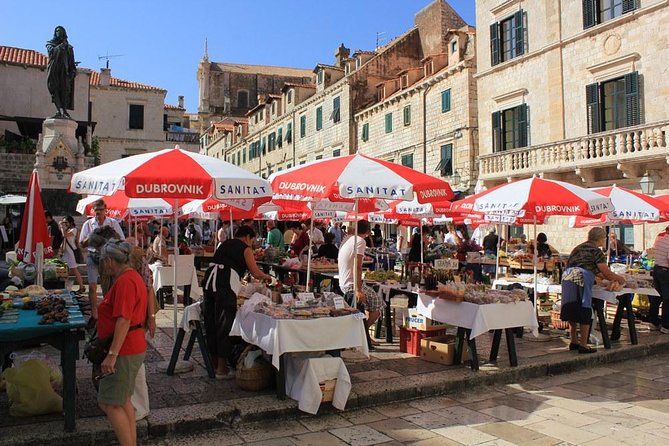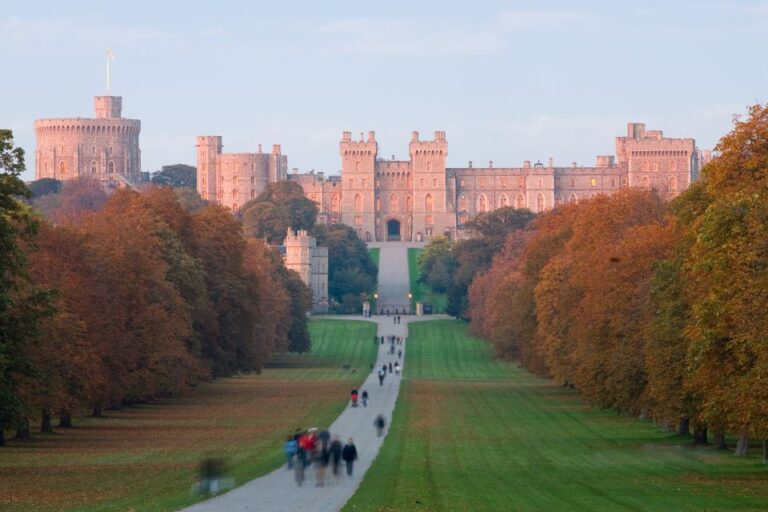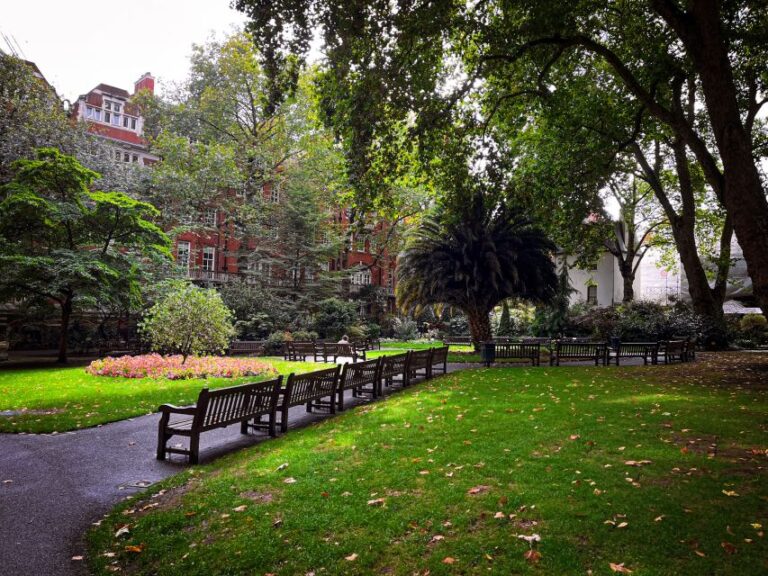The Hansaviertel in Berlin offers a unique opportunity to explore the city’s mid-20th-century modernist architecture. Led by knowledgeable local guides, the walking tour delves into the historical significance of this neighborhood, from the impact of the Cold War to the struggles faced by the Jewish community during World War II. Spanning two hours, the experience promises an insightful and accessible journey for participants, with a wheelchair-friendly route and a 5/5 rating from previous visitors. Those seeking a deeper appreciation for the architectural contrasts and rich narratives that define this urban landscape won’t want to miss this enlightening exploration.
Key Points
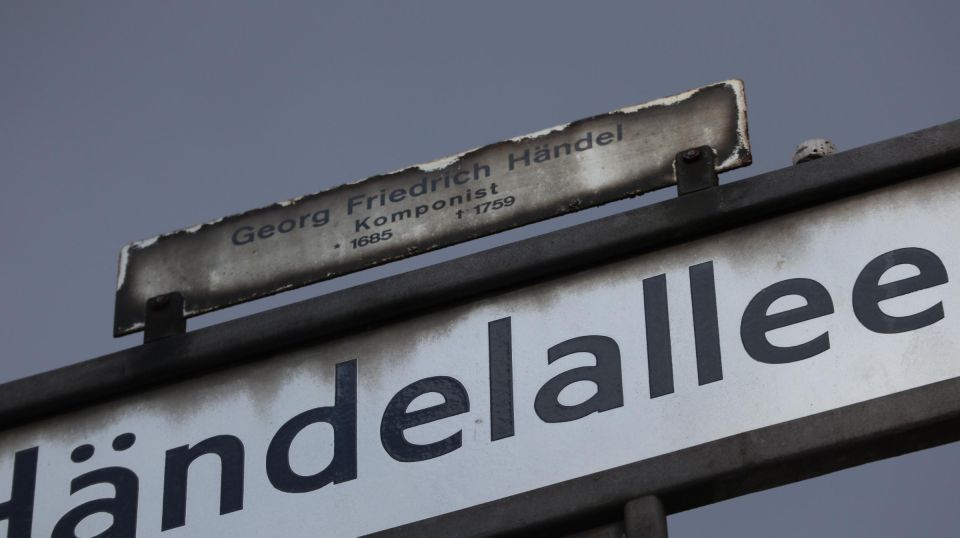
- The walking tour explores the Hansaviertel, a neighborhood in Berlin showcasing contrasting modernist architecture reflecting the Cold War rivalry.
- The tour highlights the history of the Jewish community in Hansaviertel, including the devastation faced during Kristallnacht and World War II.
- Knowledgeable local guides provide an engaging experience by delving into the complex historical narratives and architectural significance of the area.
- The tour features designs by renowned architects like Walter Gropius and Alvar Aalto, representing the West’s commitment to technological progress and modernity.
- The flexible pricing options, wheelchair accessibility, and free cancellation policies ensure an inclusive and accessible experience for visitors.
Tour Overview
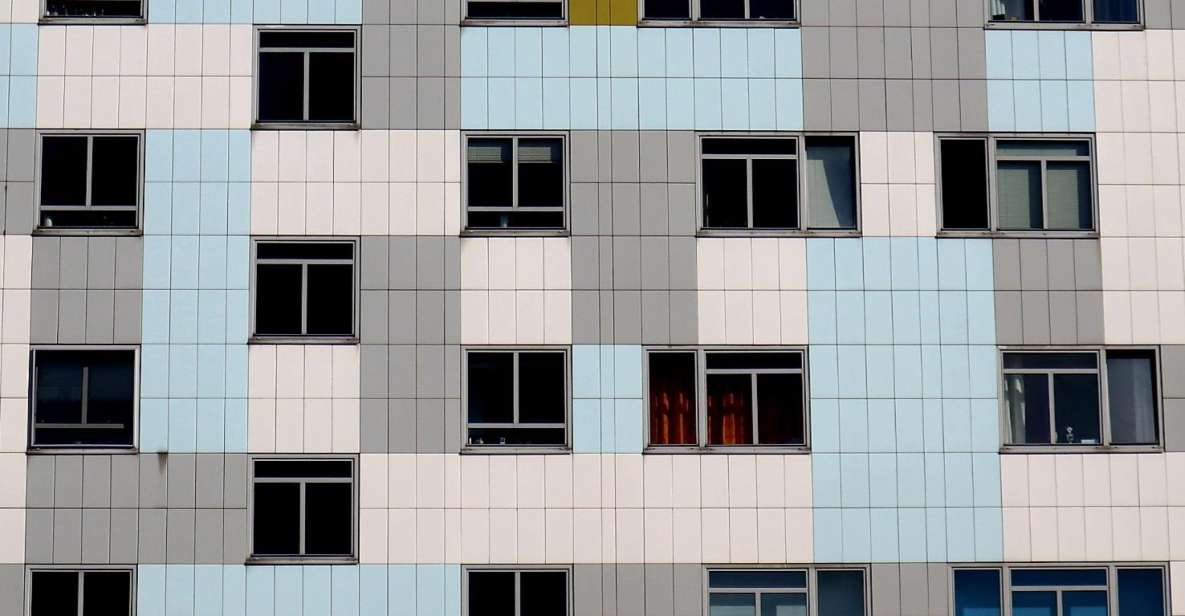
The walking tour through the Hansaviertel offers visitors a chance to explore the unique modernist architecture and complex history of this historic neighborhood in central Berlin.
Priced from $21.78 per person, the 2-hour tour includes a 1.5-hour guided experience led by knowledgeable local guides. Conducted in English, the tour is wheelchair accessible, and reservations can be made with free cancellation up to 24 hours in advance.
Visitors can enjoy the Hansaviertel’s mid-20th-century design, learning how its architecture reflects the Cold War rivalry between East and West.
With an overall 5/5 rating based on 3 reviews, the tour provides an enriching way to discover this captivating corner of Berlin.
Location and Itinerary
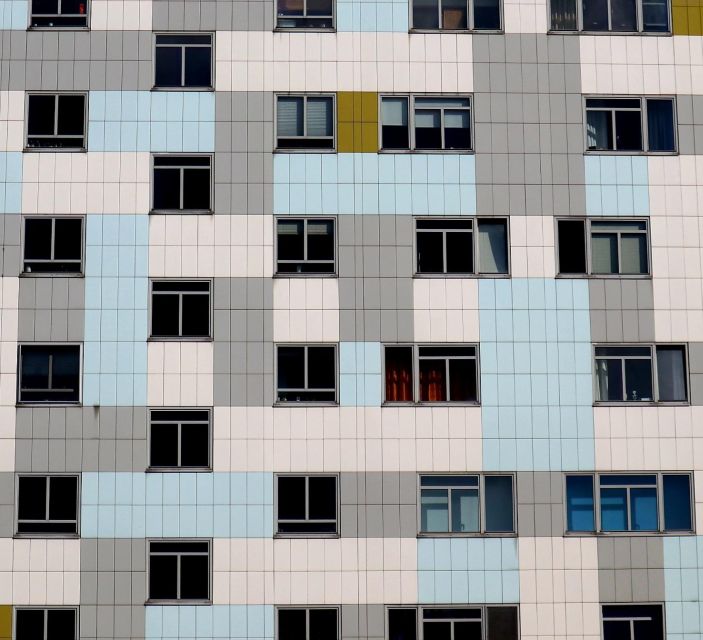
The walking tour through the Hansaviertel begins at Tiergarten, with the main stop being Hansaplatz, where visitors can explore the unique modernist architecture of this historic neighborhood in central Berlin.
The itinerary is subject to change, but the tour typically showcases the area’s rich history and architectural significance:
- Hansaviertel reflects the Cold War rivalry and its impact on urban design, contrasting the East’s socialist boulevards.
- Originally founded in the late 19th century, the neighborhood became home to notable figures like Rosa Luxemburg and Käthe Kollwitz.
- The Jewish community faced destruction during the Kristallnacht and World War II bombings, leaving a complex legacy.
Historical Context
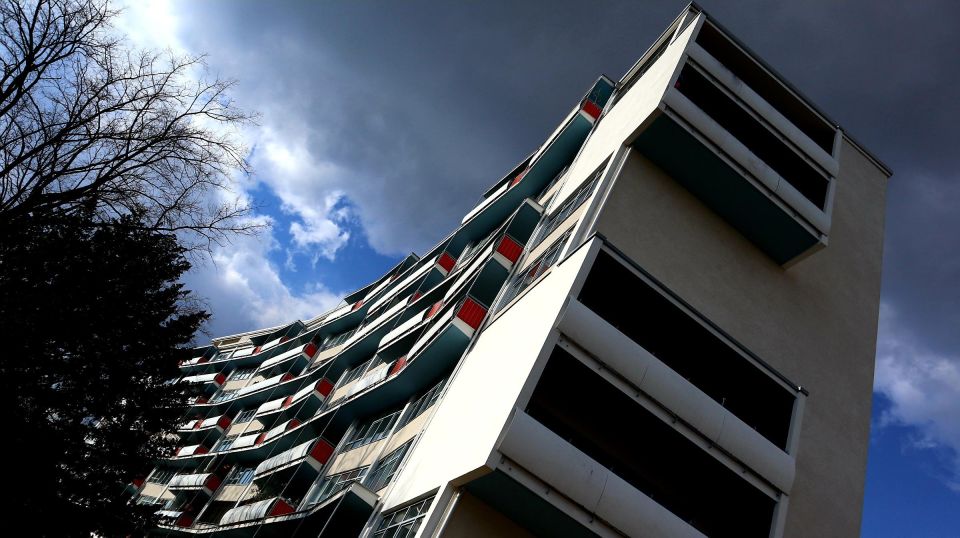
Hansaviertel’s history dates back to the late 19th century, when it became home to notable figures like Rosa Luxemburg and Käthe Kollwitz.
However, the neighborhood faced significant challenges during the 20th century. During the Kristallnacht in 1938, the Jewish community in Hansaviertel suffered destruction. The area was further impacted by bombings in November 1943 during World War II.
The neighborhood’s history also reflects the Cold War rivalry, with its modernist architecture serving as a contrast to the socialist boulevards of the East.
Hansaviertel’s complex past is an integral part of its narrative, shaping the neighborhood’s identity and the experience of those who explore it.
Architectural Highlights
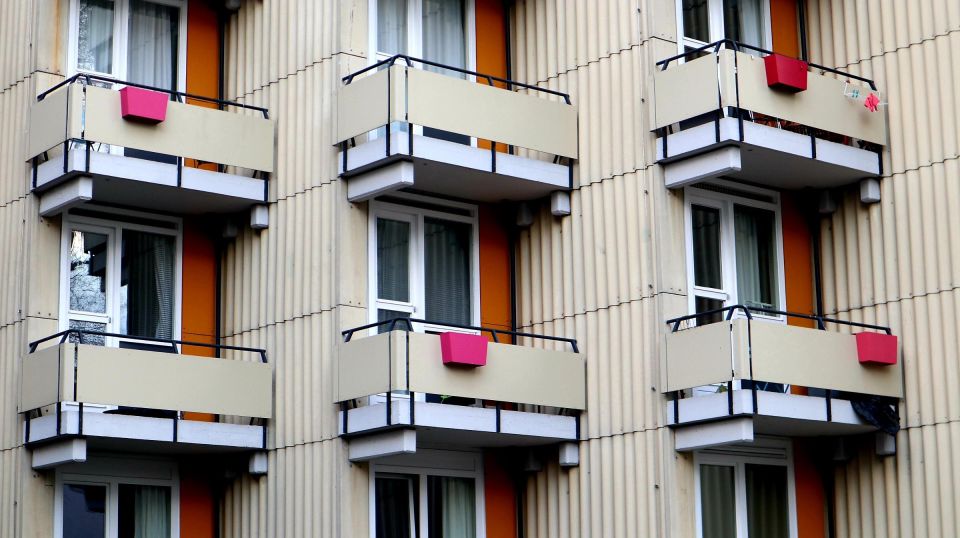
Featuring modernist buildings designed by renowned architects like Walter Gropius and Alvar Aalto, Hansaviertel represents a prestigious Cold War architectural experiment, contrasting the socialist boulevards of the East with its space age and deconstructivist styles that earned it the moniker ‘city of tomorrow.’
The neighborhood showcases:
- Avant-garde designs reflecting the West’s technological and cultural prowess during the ideological clash with the East.
- Innovative use of materials and spatial arrangements to create a futuristic urban landscape.
- A bold architectural statement of West Berlin’s commitment to modernity and democratic values.
Collectively, these architectural highlights offer a unique window into the complex dynamics of the Cold War era.
Guided Experience
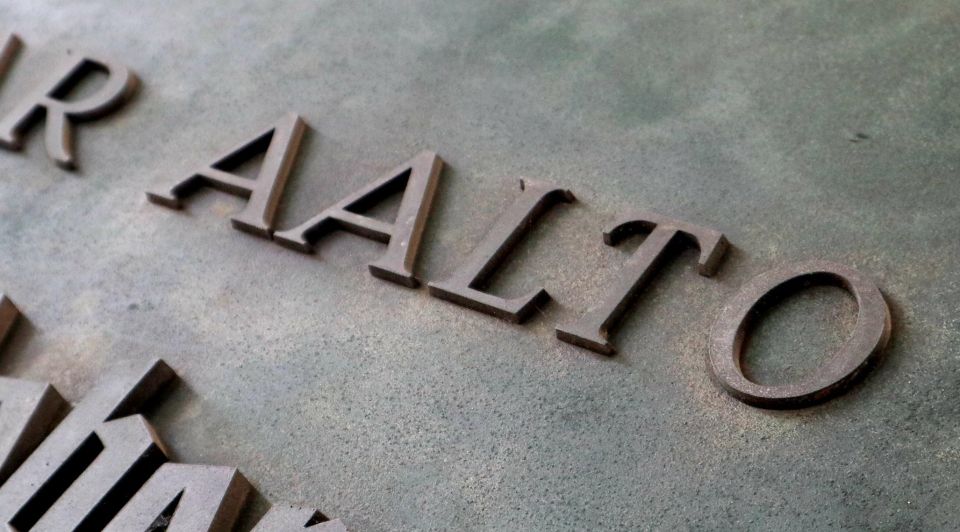
A guided tour of Hansaviertel provides visitors an immersive experience, enhancing their understanding of the area’s complex narratives and architectural movements.
Led by knowledgeable locals, the tour delves into the neighborhood’s history, from its founding in the late 19th century to the turbulent periods of the 20th century.
Guests gain insights into how the Cold War rivalry shaped Hansaviertel’s modernist architecture, which contrasts sharply with the socialist boulevards of East Berlin.
The tour also explores the once-thriving Jewish community and the devastation they faced during Kristallnacht and World War II bombings.
Throughout the experience, visitors are captivated by the guides’ storytelling, leaving with a deeper appreciation for Hansaviertel’s complex past and architectural significance.
Pricing and Availability
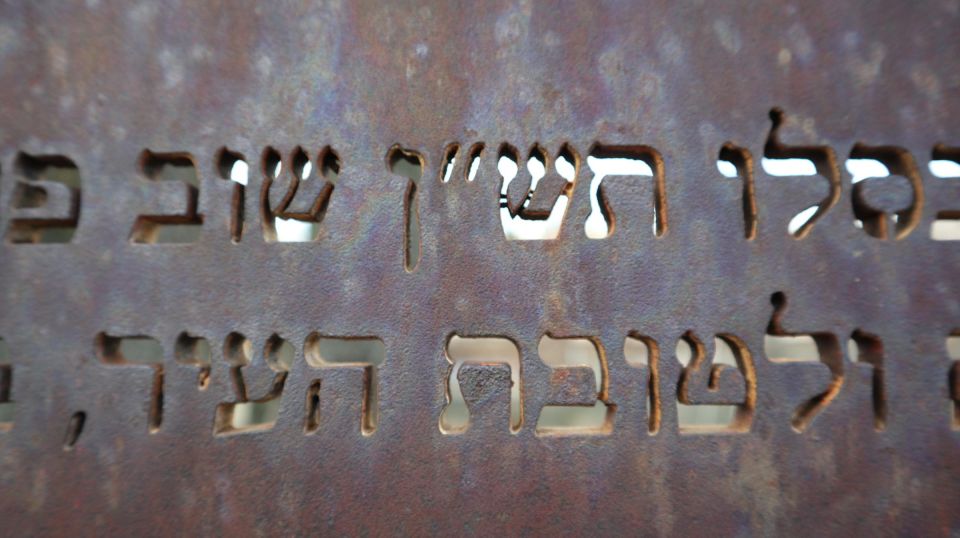
The walking tour of Hansaviertel offers flexible pricing options to accommodate different budgets, starting from $21.78 per person.
Visitors can reserve their spot in advance without an initial payment, allowing them to secure their place on the tour. The 2-hour experience includes a 1.5-hour guided portion, led by knowledgeable local guides who share the neighborhood’s rich history and architectural significance in English.
The tour also features:
- Wheelchair accessibility, ensuring an inclusive experience
- Free cancellation up to 24 hours in advance for a full refund
- Opportunity to explore Hansaviertel’s modernist architecture and its connection to the Cold War era
Customer Reviews
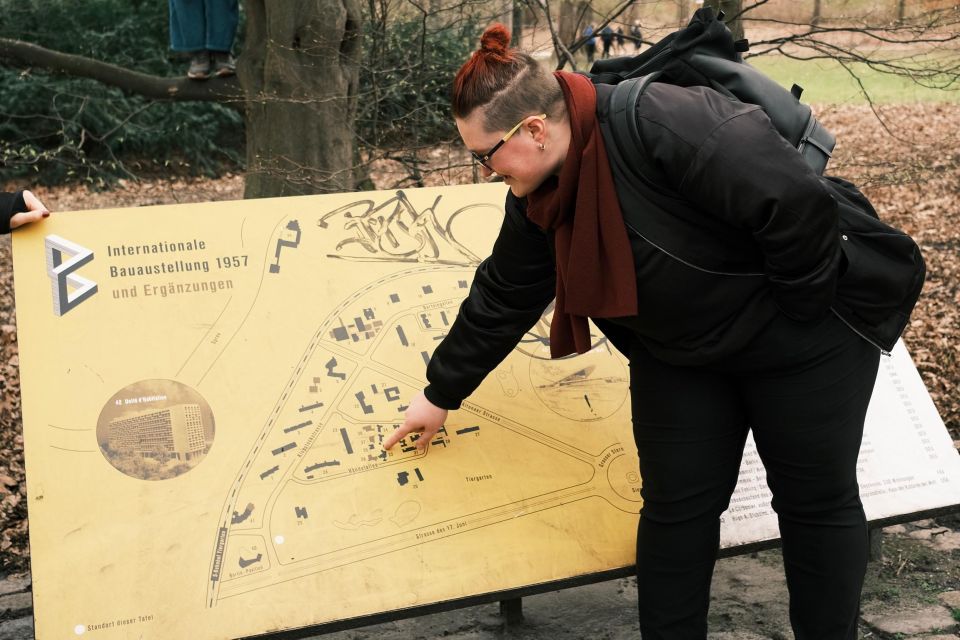
Travelers have overwhelmingly praised the walking tour for its comprehensive exploration of Hansaviertel’s hidden history and architectural wonders.
With an overall rating of 5 out of 5 based on 3 reviews, the tour consistently delights visitors.
Reviewers highlight how the guided experience enhances their understanding of the area’s complex narratives, from the Jewish community’s tragic fate to the contrasting architectural movements that define Hansaviertel.
Positive feedback emphasizes the tour’s ability to unveil the neighborhood’s lesser-known past, including its role in the Cold War rivalry and its transformation into a ‘city of tomorrow.’
Customers leave the tour with a deeper appreciation for Hansaviertel’s unique place in Berlin’s storied history.
Key Points
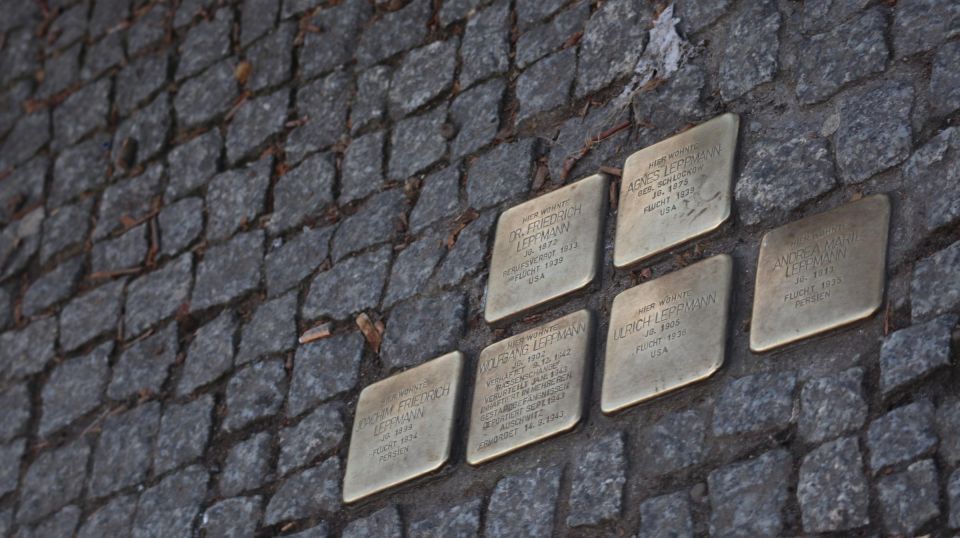
One key takeaway from the walking tour is the complex history of Hansaviertel’s architectural and cultural evolution, reflecting the turbulent Cold War era. The neighborhood’s modernist buildings, designed by renowned architects like Walter Gropius and Alvar Aalto, represent a prestigious architectural experiment that contrasted with the socialist boulevards of East Berlin.
On top of that, the tour highlights the destruction faced by Hansaviertel’s Jewish community during the Kristallnacht and WWII bombings, underscoring the profound impact of historical events on the area’s development. The walking tour offers a nuanced understanding of how Hansaviertel’s unique architecture and diverse narratives are inextricably linked to the broader political and social dynamics of the time.
- Hansaviertel’s modernist architecture served as a symbolic counterpoint to East Berlin’s socialist design.
- The neighborhood’s Jewish community endured significant hardship during the Nazi era, shaping its subsequent history.
- The tour provides a multifaceted perspective on how Hansaviertel’s built environment reflects the complexities of the Cold War period.
Frequently Asked Questions

What Is the Dress Code for the Walking Tour?
There is no specific dress code for the walking tour. Comfortable, weather-appropriate attire and walking shoes are recommended to fully enjoy the 2-hour experience exploring the neighborhood’s highlights. Participants should dress casually and prepare for any outdoor conditions.
Are There Any Age Restrictions for Participants?
There are no age restrictions for participants on this tour. The tour is open to people of all ages, allowing families and individuals to explore the Hansaviertel’s architecture and history together.
Can We Stop for Refreshments During the Tour?
Yes, the tour allows for refreshment stops. Participants can take breaks to grab a drink or snack during the 1.5-hour guided portion of the experience. The tour guide will indicate appropriate times for these optional refreshment stops.
Do I Need to Bring Any Special Equipment?
No special equipment is required for the tour. The tour is wheelchair accessible, so guests can participate comfortably without needing any additional gear. Just bring comfortable walking shoes and dress appropriately for the weather.
What Is the Maximum Group Size for the Tour?
The tour accommodates a maximum group size of 20 participants, allowing for an intimate and personalized experience. The small group size ensures everyone can engage with the guide and explore the neighborhood’s highlights comfortably.
Recap
The Berlin Walking Tour through the Hansaviertel offers a captivating exploration of mid-20th-century modernist architecture.
Led by knowledgeable locals, the two-hour tour, including a 1.5-hour guided experience, delves into the area’s historical significance, from the impact of the Cold War to the Jewish community’s struggles during WWII.
With a 5/5 rating and wheelchair accessibility, this tour promises a deep appreciation for the architectural contrasts and rich narratives that define this unique neighborhood.


